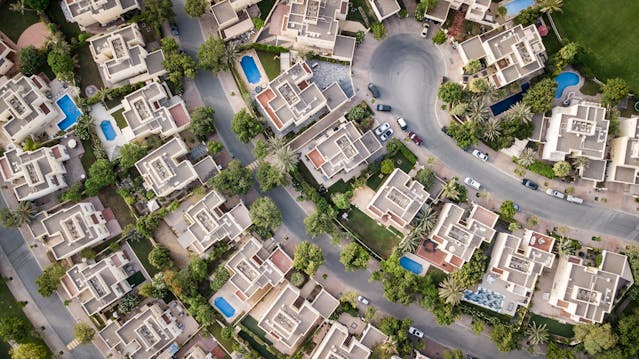
How to detect roof leaks
best way to Find roof leaks
How to Detect Roof Leaks in UK Homes: Your Comprehensive Guide
Discovering a roof leak in your UK home can be a concern, particularly with the unpredictable weather. This comprehensive guide will equip you with the knowledge to identify and diagnose roof leaks effectively, shielding your home from potential damage.
Understanding the Causes of Roof Leaks
To effectively detect and address roof leaks, it’s crucial to comprehend what triggers them. Roof leaks often result from issues like missing tiles, missing shingles, damaged shingles or tiles, cracked flashing, clogged gutters, or pooling on flat roofs from inadequate installations. Identifying these underlying factors is very important for the best repairs and staying waterproof.
- Water Stains: Keep an eye out for water stains or damp patches on ceilings and walls, indicative of water seeping in from the roof.
- Dripping Water: Actively monitor for visible water dripping during rainfall, a clear sign of an ongoing roof leak.
- Musty Odours: The presence of mould or mildew, resulting from accumulated moisture, may produce musty odours in affected areas.
- Peeling Paint or Wallpaper: Moisture from roof leaks can cause paint or wallpaper to peel or bubble, signalling potential water intrusion.
Effective Methods for Detecting Roof Leaks
- Visual Inspection: Begin with a visual assessment of the roof from the ground, checking for missing or damaged shingles, cracked flashing, or signs of wear.
- Loft Investigation: If it’s safe to do so, inspect the loft / attic for signs of water intrusion, including stains, dampness, or mould growth on rafters, insulation, or sheathing.
- Hose Testing: Get a helper to spray water on different roof sections outside while you inspect the loft for signs of water penetration inside, aiding in pinpointing the leak.
- Moisture Detection Tools: Get a moisture meters or thermal cameras to identify hidden moisture in roofing materials, pinpointing areas of saturation that may indicate a roof leak.
Taking Action If a Roof Leak is Suspected
- Timely Response: Don’t delay if you suspect a roof leak. Water damage can escalate, leading to more extensive and costly repairs.
- Professional Assistance: Consider reaching out to Master Roofing UK, a reputable roofing contractor, for a thorough inspection and repair assessment.
- Preventive Measures: Adopt preventive practices such as regular gutter cleaning, maintaining roof vents, and promptly addressing visible damage to thwart potential future leaks.
Conclusion
Detecting roof leaks in UK homes involves a blend of visual inspection, loft / attic evaluation, and, if necessary, specialised tools. By recognising common signs and employing effective detection methods, homeowners can proactively care for their roofs, averting water damage. Should you suspect a roof leak, Master Roofing UK stands ready to provide expert assistance in Surrey, ensuring the protection of your home.
Common Questions and Answers
In the UK, homeowners often employ several DIY methods to identify roof leaks. One common approach is conducting a visual inspection of the attic or loft during daylight hours to look for signs of water stains or moisture. Additionally, using a flashlight to inspect the underside of the roof for water droplets or dampness can be helpful. Another technique is to run a hose over different sections of the roof while someone else monitors the interior for signs of water ingress. Thermal imaging cameras can also be used to detect temperature variations that may indicate areas of moisture penetration.
To check for leaks around chimneys and vents, start by inspecting the flashing, which is the metal or rubber sealant that surrounds these structures. Look for signs of damage or deterioration, such as rust, cracks, or missing sections. Additionally, check for gaps or separation between the flashing and the roof surface. Using a hose, direct water around the base of the chimney or vent while someone monitors the interior for signs of water penetration. Caulking or sealing any gaps or damaged areas can help prevent leaks in these vulnerable areas.
Yes, there are several DIY methods for detecting leaks in flat roofs. One approach is to conduct a visual inspection of the roof surface for signs of ponding water, cracks, or blistering. Another method is to use a moisture meter to detect elevated moisture levels in the roof substrate, which can indicate areas of water infiltration. Additionally, inspecting the roof edges and seams for signs of damage or deterioration can help identify potential leak points. Finally, conducting a water test by spraying the roof with a hose and monitoring the interior for signs of leaks can be an effective way to find problem areas.

